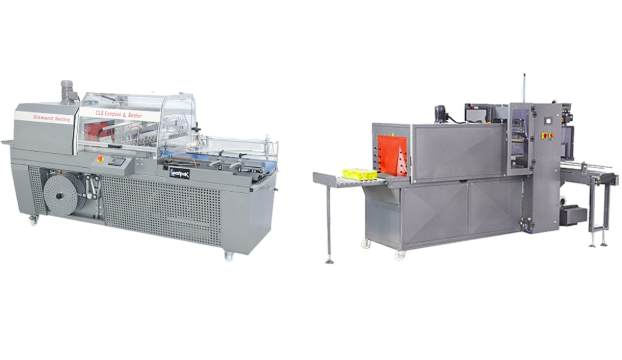In today’s interconnected global economy, supply chains are more complex and vulnerable than ever. Companies in France must navigate various risks that can disrupt operations, from natural disasters to geopolitical tensions, cyberattacks, and pandemics. This reality underscores the critical importance of supply chain risk assessment—a process that identifies, evaluates, and mitigates risks to maintain the smooth flow of goods and services.
What is Supply Chain Risk Assessment?
Supply chain risk assessment is a strategic approach to identifying and evaluating potential risks that can impact the supply chain. This process involves several steps, including risk identification, risk analysis, risk evaluation, and risk mitigation. By systematically assessing these risks, companies can develop robust strategies to minimise their impact and ensure continuity.
Steps in Supply Chain Risk Assessment
- Risk Identification: The first step is identifying potential risks that could affect the supply chain. These risks can be internal, such as process inefficiencies or equipment failures, or external, like supplier bankruptcy, natural disasters, or regulatory changes. Tools like risk checklists, brainstorming sessions, and SWOT analysis (Strengths, Weaknesses, Opportunities, Threats) can be useful in this phase.
- Risk Analysis: Once risks are identified, the next step is to analyse them to understand their potential impact and likelihood. This involves assessing the severity of each risk and its probability of occurrence. Quantitative methods like statistical analysis and qualitative approaches like expert judgment are commonly used.
- Risk Evaluation: In this stage, the analysed risks are prioritised based on their potential impact and likelihood. This helps organisations focus on the most critical risks that require immediate attention. Risk matrices and heat maps are often used to visualise and prioritise risks.
- Risk Mitigation: After prioritizing the risks, companies develop strategies to mitigate them. These strategies can include diversifying suppliers, increasing inventory buffers, investing in technology to enhance visibility, and developing contingency plans. The goal is to reduce the likelihood of risk occurrence and minimize the impact if they do occur.
Common Supply Chain Risks
Supply chains face a myriad of risks that can vary depending on the industry, geography, and specific business operations. Some common risks include:
- Natural Disasters: Events like earthquakes, hurricanes, floods, and wildfires can disrupt transportation networks and production facilities, causing significant delays and losses.
- Geopolitical Risks: Political instability, trade wars, and regulatory changes can affect supply chain operations, leading to increased costs and uncertainty.
- Cybersecurity Threats: Cyberattacks on supply chain networks can result in data breaches, operational disruptions, and financial losses.
- Supplier Risks: Dependence on a single supplier or a supplier’s financial instability can pose significant risks to supply chain continuity.
- Demand Fluctuations: Sudden changes in consumer demand can lead to overstocking or stockouts, affecting profitability and customer satisfaction.
Benefits of Supply Chain Risk Assessment
Implementing a thorough supply chain risk assessment process in France offers numerous benefits:
- Enhanced Resilience: By identifying and mitigating risks, companies can enhance their resilience and maintain operations even in the face of disruptions.
- Cost Savings: Proactive risk management can prevent costly disruptions and losses, leading to significant cost savings.
- Improved Supplier Relationships: Understanding risks associated with suppliers can lead to stronger, more collaborative relationships and better negotiation outcomes.
- Regulatory Compliance: Effective risk assessment helps companies comply with regulations and avoid penalties.
- Competitive Advantage: Companies that manage risks effectively are better positioned to respond to market changes and gain a competitive edge.
Tools and Technologies for Supply Chain Risk Assessment
Advancements in technology have provided new tools to enhance supply chain risk assessment. Some of these include:
- Blockchain Technology: Blockchain can provide greater transparency and traceability in the supply chain, making it easier to identify and manage risks.
- Artificial Intelligence (AI) and Machine Learning: AI and machine learning algorithms can analyse large datasets to predict potential risks and suggest mitigation strategies.
- Internet of Things (IoT): IoT devices can provide real-time monitoring of supply chain activities, helping to identify risks early and respond quickly.
- Risk Management Software: Various software solutions are available to automate and streamline the risk assessment process, providing comprehensive risk dashboards and analytics.
Conclusion
In an unpredictable world, supply chain risk assessment is not just a necessity but a strategic imperative. By systematically identifying, analysing, evaluating, and mitigating risks, companies can build resilient supply chains capable of withstanding various disruptions. Adopting frameworks like ISO 31000 risk management standards can provide a structured approach to risk management, ensuring comprehensive and effective risk assessment practices. As supply chains continue to evolve, staying ahead of potential risks through rigorous assessment and proactive management will be key to sustaining business operations and achieving long-term success.






Most Commented Posts